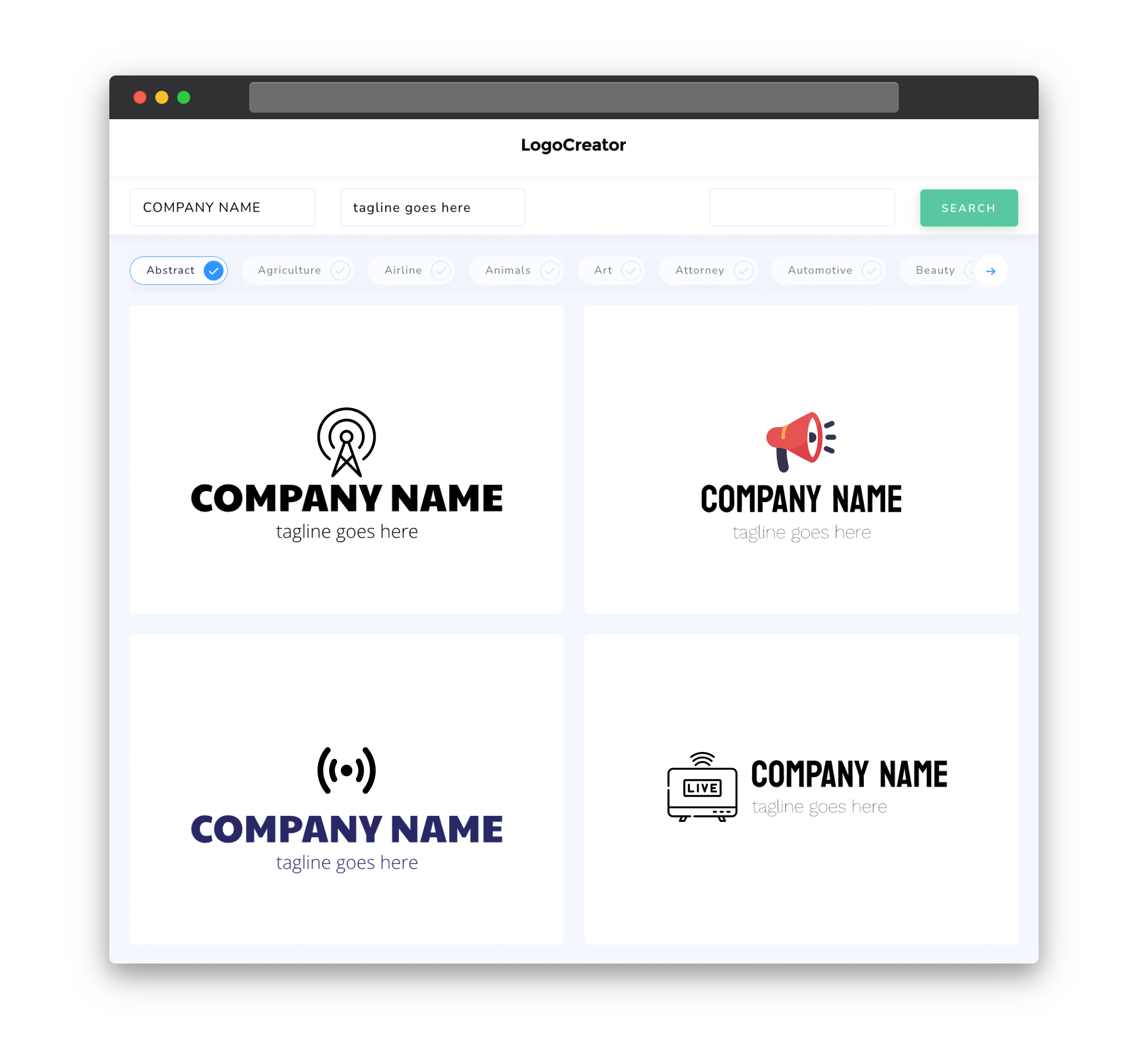Audience
When it comes to creating a broadcasting logo, it’s essential to consider your target audience. Your logo should effectively communicate the spirit of your broadcasting company and resonate with the viewers you aim to attract. Whether you are a television network, a radio station, or a podcast producer, understanding the preferences and tastes of your target audience is crucial. Are they more drawn to modern and sleek designs, or do they appreciate a more traditional and classic aesthetic? By tailoring your logo to your audience’s preferences, you can create a strong and memorable brand identity that will resonate with your viewers and listeners.
Icons
Icons play a significant role in broadcasting logos as they are often used to symbolize specific elements of the industry. Whether it’s a microphone for radio stations or a television set for TV networks, incorporating relevant icons into your logo design can help communicate your industry focus and services. However, it’s essential to strike a balance between incorporating meaningful icons and maintaining the overall simplicity and versatility of the logo. Icons should be recognizable at different scales and should not overpower the rest of the design elements.
Color
Color choice is crucial when designing a broadcasting logo as it can significantly impact brand recognition and audience perception. Bold and vibrant colors are commonly used in broadcasting logos to convey energy, excitement, and creativity. Red, blue, and yellow are popular choices, but it’s important to consider the emotions and associations that different colors evoke. For example, red can symbolize power and urgency, while blue often represents trust and reliability. Understanding the psychological effects of color can help you select the right hues that align with your brand identity and create a lasting impact on your target audience.
Fonts
The choice of fonts in a broadcasting logo can greatly influence how your brand is perceived. Broadcasters often opt for fonts that are clean, modern, and easily legible across various media platforms. Sans-serif fonts are popular choices due to their simplicity and readability, while some broadcasters may prefer serif fonts for a more traditional and authoritative look. It’s important to ensure that your chosen font reflects your brand’s personality and conveys the right tone and message to your audience.
Layout
The layout of your broadcasting logo is essential in portraying a cohesive and visually pleasing brand identity. A well-balanced layout ensures that the various elements of your logo, such as icons, text, and colors, are visually harmonious. Consider the placement and proportion of each element to create a logo that is well-structured and visually appealing. Additionally, ensure that the logo looks good at different sizes and on different platforms, such as social media profiles, websites, and merchandise.
Usage
A broadcasting logo is used across various media platforms and formats, so it’s important to create a versatile design that remains impactful in different contexts. Whether it’s on-screen during broadcasts, on websites, or on promotional materials, your logo should look great and instantly recognizable wherever it appears. Creating a logo that works well in full color as well as in black and white can ensure maximum versatility. It’s also essential to provide different file formats and sizes to accommodate different usage requirements, allowing for high-quality reproduction in any medium.



